A radical new theory challenges everything we know about the universe’s origins. A quantum twist could explain the cosmos’ most baffling mysteries. Dark matter and dark energy might finally have an answer.


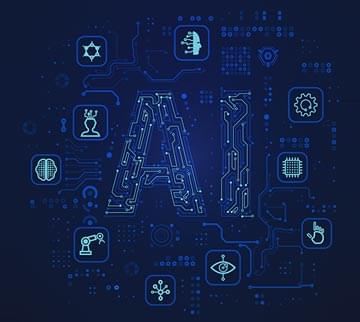
The rapid evolution of artificial intelligence (AI) is poised to create societal transformations. Indeed, AI is already emerging as a factor in geopolitics, with malicious non-state actors exploiting its capabilities to spread misinformation and potentially develop autonomous weapons. To be sure, not all countries are equal in AI, and bridging the “AI divide” between the Global North and South is vital to ensuring equal representation while addressing regulatory concerns and the equitable distribution of benefits that can be derived from the technology.
Most G20 members have established comprehensive national AI strategies, notably technology giants like the United States, United Kingdom, China, and countries of the European Union. Global South nations such as Brazil, Argentina, and India, despite economic constraints, are demonstrating progress in leveraging AI in areas like social services and agriculture. Future strategies must anticipate emerging threats like Generative AI (GenAI) and Quantum AI, prioritising responsible governance to mitigate biases, inequalities, and cybersecurity risks.
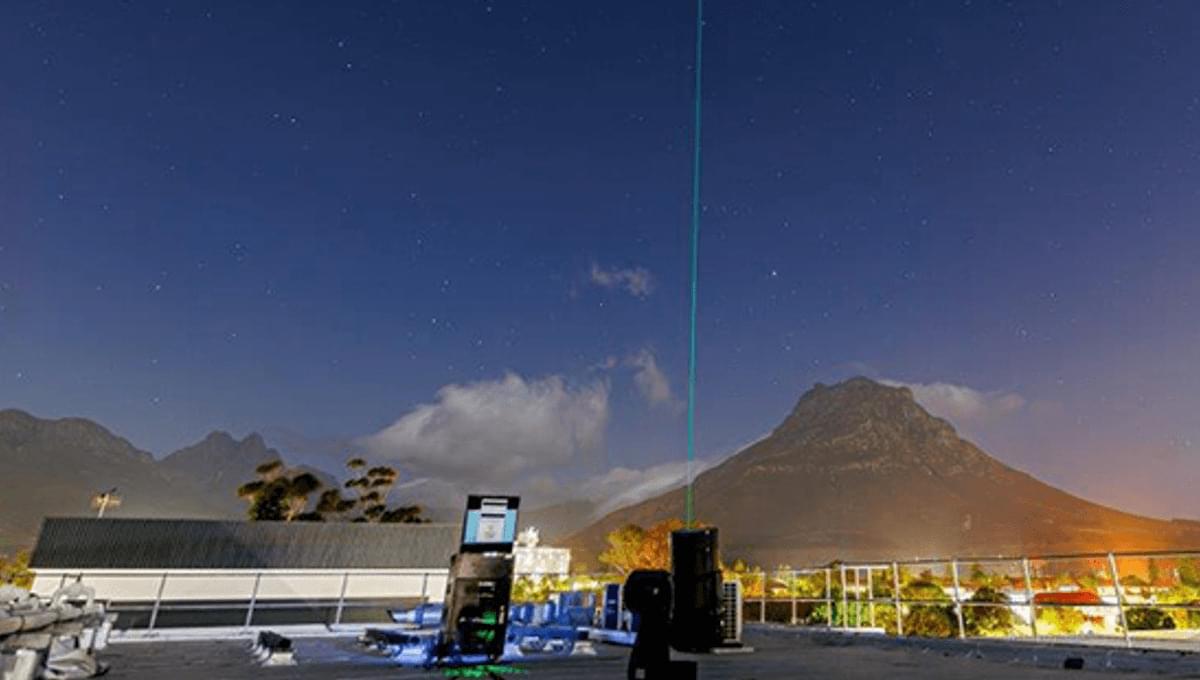

John Archibald Wheeler was one of the most daring thinkers in twentieth-century physics, famed for his deep insights into quantum mechanics, general relativity, and the nature of information. In his classic essay on “It from Bit,” Wheeler proposed that at the heart of reality lies a fundamentally informational thread. This means that rather than starting with “things” — material objects with an independent existence — one might instead begin with “bits,” the discrete units of information that become “real” only when observed. Within this sweeping vision, the observer plays a crucial role in bringing the universe into a definite existence, and information takes center stage in shaping the very character of physical phenomena.
In broad strokes, Wheeler’s idea of “It from Bit” emerges from the curious interplay between the quantum world and classical objects. At the core of quantum mechanics is the principle that measuring or observing something at the microscopic scale affects its state. According to the standard interpretation, a system in a so-called superposition will “collapse” into a particular outcome when measured. Wheeler’s bold claim was that this phenomenon illuminates a more general fact: that information, not matter, might be the building block of reality. Thus, any physical “it” — an electron, a planet, or even the entire cosmos — ultimately grows from answers to yes/no questions (bits), shaped by acts of measurement. Put more simply, Wheeler wanted us to see the world as not built out of little billiard-ball-like atoms existing in some absolute manner, but out of meaningful acts of observation that yield discrete bits of data.
Behind this elegant concept lies a deep philosophical backdrop. Wheeler urged us to ponder how the universe came to be what it is, and why. If we trace everything back to an early cosmos, we arrive at a place where only quantum possibilities existed — no fixed table of facts and objects. Gradually, so his argument goes, as the universe evolved and observers emerged, questions got asked, measurements were made, bits of information accumulated, and reality “crystallized.” This leap from quantum weirdness to classical solidity thus becomes a grand puzzle about information. Rather than letting classical physics occupy center stage from the beginning, Wheeler reversed the script: quantum possibilities plus acts of observation define and generate the classical world we experience. In this sense, the cosmic stage is incomplete without the audience, and reality only stabilizes by virtue of these repeated question-and-answer interactions.

This document intends to provide a summary of the cybersecurity threats in Japan with reference to globally observed cyber landscape. It looks at various kinds of cyberattacks their quantum and impact as well as specific verticals that are targeted by various threat actors.
As in February, 2024, in Japan, an organisation faces an average of 1,003 attacks per week, with FakeUpdates being the top malware. Most malicious files are delivered via email, and Remote Code Execution is the most common vulnerability exploit. In recent times, major Japanese incidents include a sophisticated malware by a nation state, attacks on Nissan and JAXA, and data breaches at the University of Tokyo and CASIO. Globally, incidents include Ukrainian media hacks, a ransomware attack on U.S. schools, and disruptions in U.S. healthcare due to cyber-attacks. The document also covers trends in malware types, attack vectors, and impacted industries over the last 6 months.
The details provide an overview of the threat landscape and major incidents in Japan and globally, highlighting the prevalence of attacks, common malware types, and impact on various industries and organisations. The information described should create awareness and help businesses and government organisation prepare well to safely operate in a digital environment.
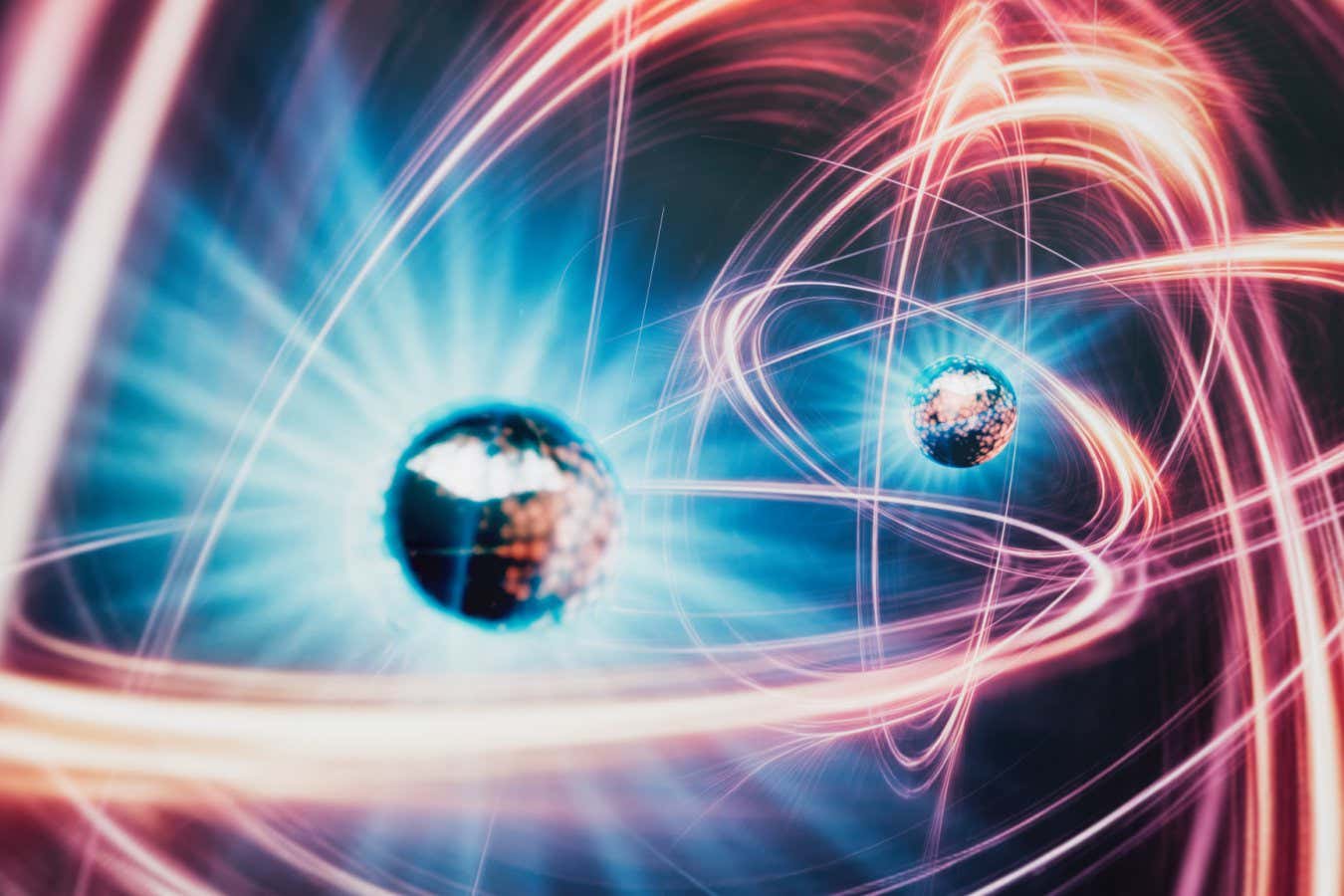
The race among quantum computers is full of higher number of qubits and error correction rates. But what problems that need solving now?
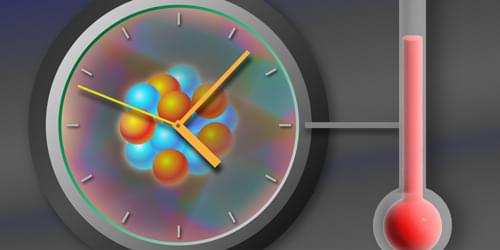
Researchers have characterized the temperature-induced frequency shifts of a thorium-229 nuclear transition—an important step in establishing thorium clocks as next-generation frequency standards.
Atomic clocks are at the core of many scientific and technological applications, including spectroscopy, radioastronomy, and global navigation satellite systems. Today’s most precise devices—based on electronic transitions in atoms—would gain or lose less than 1 second over the age of the Universe. An even more accurate timekeeping approach has recently emerged, based on a clock ticking at the frequency of a nuclear transition of the isotope thorium-229 (229 Th) [1, 2]. Now a collaboration between the teams of Jun Ye of JILA, the National Institute of Standards and Technology, and the University of Colorado Boulder and of Thorsten Schumm of the Vienna Center for Quantum Science and Technology has characterized one of the main sources of the systematic uncertainties that might spoil a clock’s accuracy: temperature-induced shifts of the clock transition frequency [3].
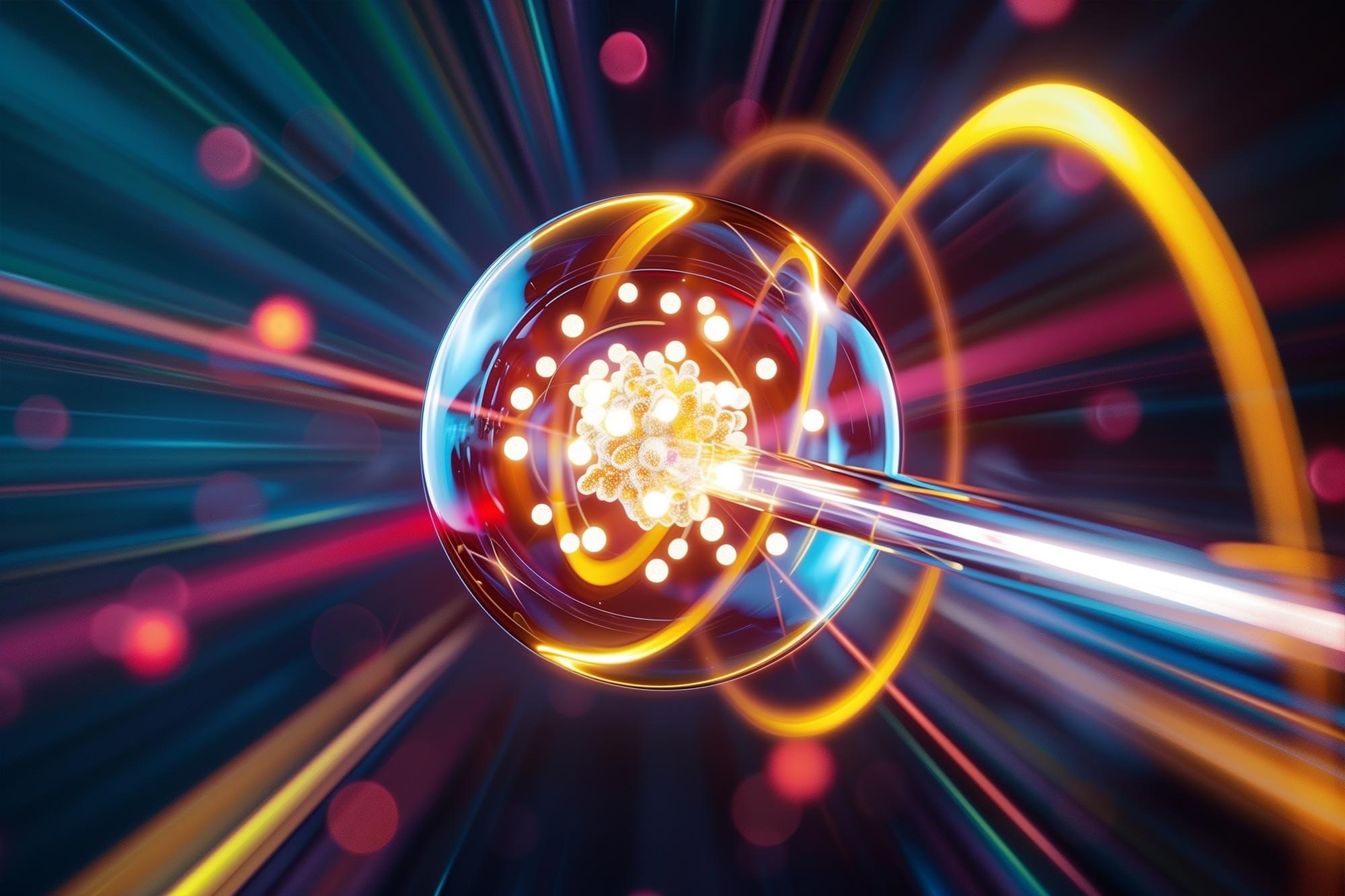
Scientists have unlocked a new way to control ionization, the process where atoms lose electrons, using specially designed light beams
By leveraging optical vortex beams, light that carries angular momentum, they can precisely dictate how electrons break free from atoms. This discovery could reshape imaging technology, enhance particle acceleration, and open doors to advancements in quantum computing.
Performing computation using quantum-mechanical phenomena such as superposition and entanglement.
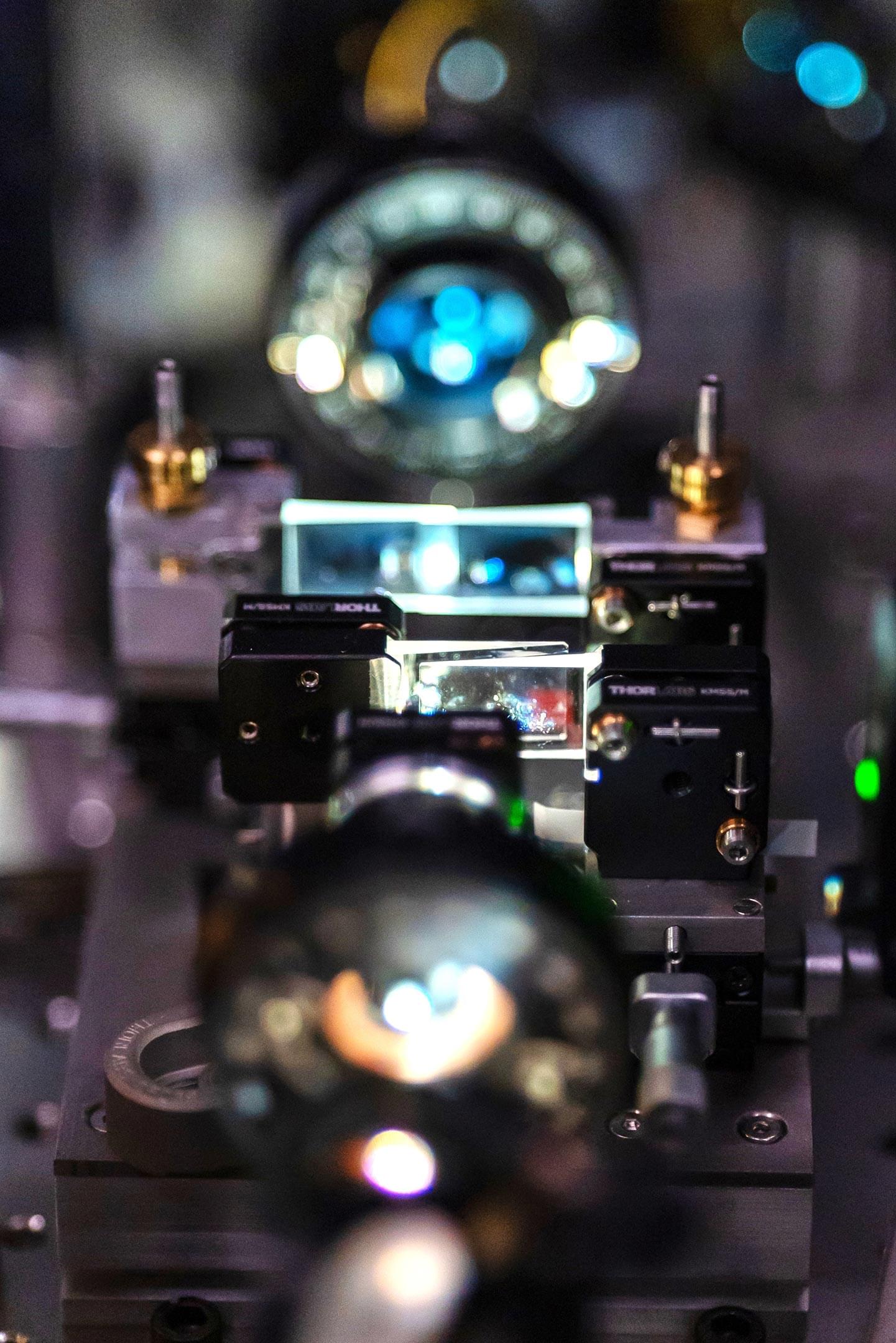
Researchers have simplified a highly complex quantum imaging technique, 2DES, used to observe ultrafast electron interactions.
By refining an existing interferometer design, they improved control over laser pulses, unlocking new capabilities for studying energy transfer in materials.
Unveiling the ultrafast world of electrons.